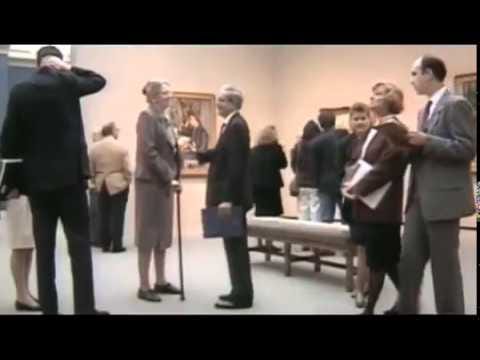Documentary cinema has a lot of stories about the art world. It’s not surprising, really. Readings or lectures about art can be tedious to the average viewer, and fiction film often has trouble jazzing up the subject, but the standard model of doc filmmaking is ideal for conveying facts and concepts while keeping the audience engaged. Still, such films …
Keep reading with a 7-day free trial
Subscribe to Nonfics to keep reading this post and get 7 days of free access to the full post archives.


